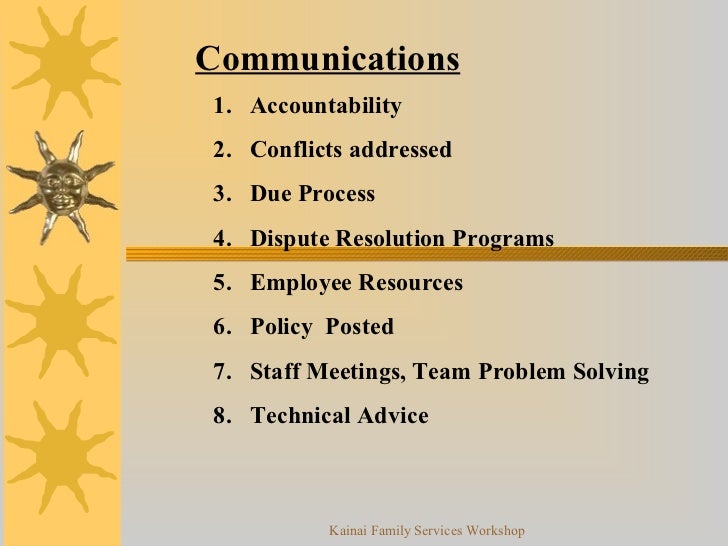Workplace Wellness Programs Statistics On Bullying

Effective and sustainable health and wellbeing programs are: • targeted to the organisation’s risks and needs • resourced and supported • monitored and evaluated • continuously improved. The first step in the process to implement an effective health and wellbeing program is to. This activity will help to identify a strategy that is appropriate to the needs of the organisation. In many cases, the next step will be to to senior management to obtain authorisation and support for the proposed program. It is important to carefully your program and support it adequately. Monitoring and is essential to secure the program’s sustainability and demonstrate its success. Be aware that the average projected time frame for ‘hard’ return on investment is estimated to be between three and five years.
Incivility, Bullying, and Workplace Violence. Foundations Of Parasitology 9th Edition Pdf here. ANA recognizes that incivility, bullying, and violence in the workplace are serious issues in nursing. We would like to show you a description here but the site won’t allow us.

More Comcare resources • Comcare’s brochure provides an evidence-based overview of workplace approaches to improving the health and wellbeing of individuals in the workplace. • tells the stories of four organisations that have experienced a significant return on investment after establishing workplace health and wellbeing programs.
• • • • Other resources • •, which reviews best practices in developing launching and maintaining wellness programs.
Workplace Culture Workplace culture impacts all aspects of a business, from day-to-day functioning to the organization's bottom line. In his book, From Bully to Bull's Eye, Andrew Faas dsecribes three types of workplace cultures: dictatorial, disjointed, and stable. • Dictatorial Culture: The dictatorial workplace relies on power and control. The boss is typically a bully, and bullying is encouraged as a means of advancement throughout the company. There are high levels of secrecy and jealousy, with little room for positive relationships among employees. • Disjointed Culture: As its name sugggests, the disjointed workplace is lacking in core values and checks and balances on power.
While it may appear hierarchical and bureaucratic, there is little enforcement and emotional reactions are common when handling conflicts. These workplaces are often filled with cronyism and nepotism and may not provide clear feedback on employee performance. • Stable Culture: The stable culture provides clear goals, rules, and values for employees. Communication is open and clear, and conflicts are dealt with effectively, absent fear of retaliation. Employees are supported, encouraged, and rewarded based on quality of work.